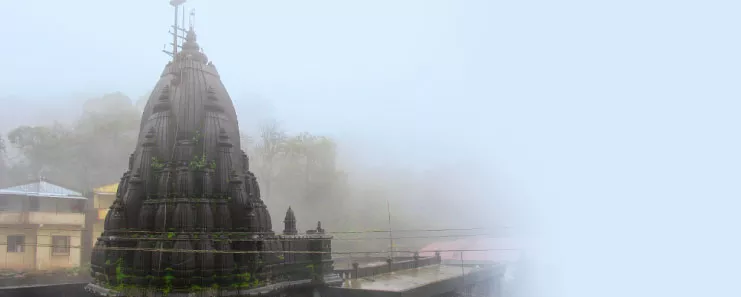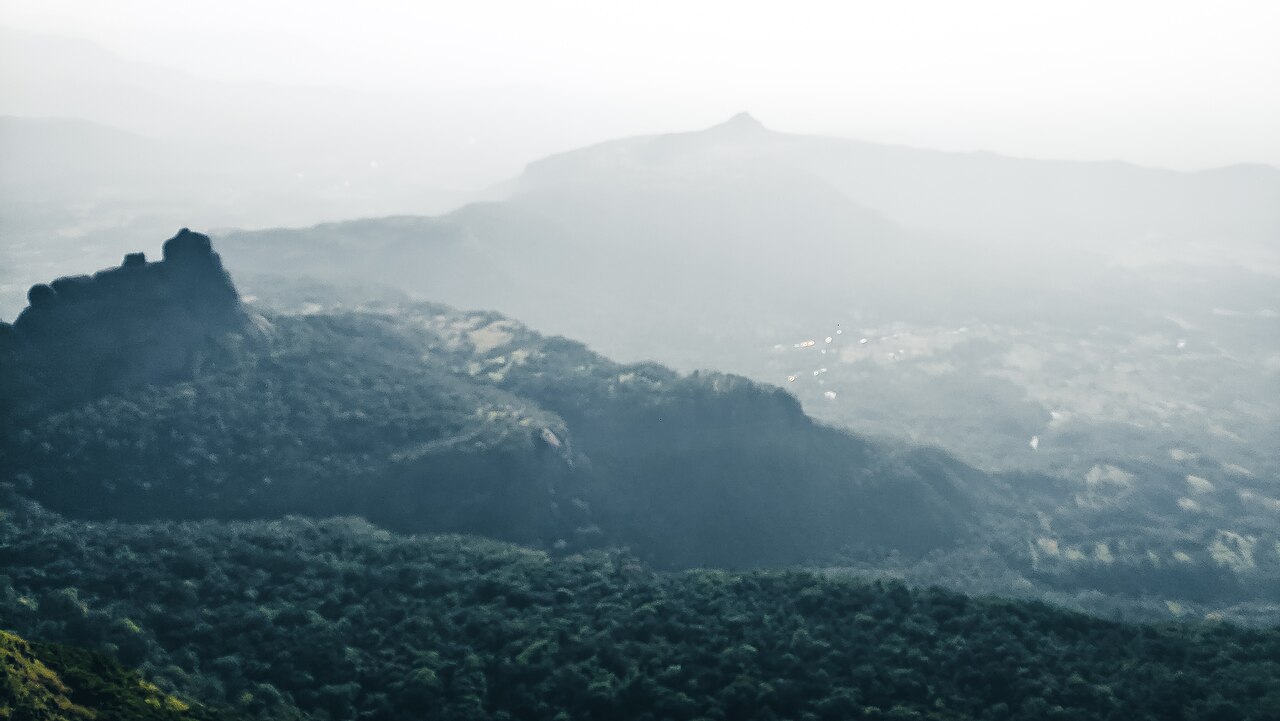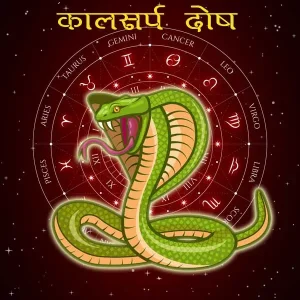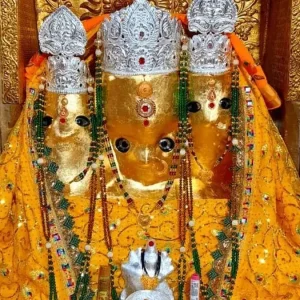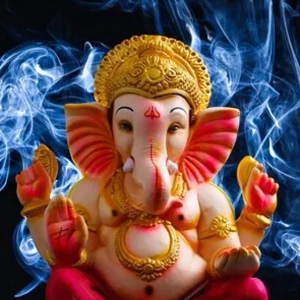Bhimashankar Jyotirlinga is one of the twelve Jyotirlingas, shrines that are said to be the most sacred abodes of Lord Shiva. It is located in the Sahyadri mountains in the state of Maharashtra, India. The temple is situated on a mountaintop at an altitude of 1,100 meters (3,600 feet). The Bhima River originates near the temple.
The Jyotirlinga at Bhimashankar is said to have been Swayambhu, or self-manifested. The Bhimashankar Jyotirlinga temple is believed to have been built by the Chalukya dynasty in the 8th century. The temple complex has a number of shrines, including the main shrine of Lord Shiva, a shrine to Parvati, and a shrine to Nandi.
History of Bhimashankar Jyotirlinga
The Bhimashankar temple is a testament to the skills of the Vishwakarma sculptors. It was built around the 13th century. Structures such as the shikhara (spires) were added by Maratha empire statesman, Nana Phadnavis, in the 18th century.
The Maratha ruler, Chhatrapati Shivaji Maharaj, is also believed to have facilitated worship here through his endowments.
Special features of Bhimashankar Temple
It is believed that the ancient shrine was built around a swayambhu linga i.e. a linga that originated on its own. The linga is exactly at the center of the floor, in the temple’s sanctum. There are intricate carvings of divine and human beings on the pillars, and doorframes of the temple. You can also see scenes from mythology depicted here.
There is also a shrine for Lord Shaneeshwara inside the temple. A statue of Lord Shiva’s mount, Nandi, can be found at the entrance of the Bhimashankar temple as is common in Shiva temples.
What is the story behind Bhimashankar Jyotirlinga?
There are different legends associated with the Bhimashankar Jyotirlinga. Here are two of them.
According to one legend, a demon called Tripurasura performed penance in the Bhimashankar jungle to please Lord Shiva and ask him for the gift of immortality. Lord Shiva was pleased with his devotion and granted him immortality on the condition that he would use his power to help the local people. Tripurasura agreed with Him. However, over time, he forgot his promise and began to harass both humans and the gods. When the gods begged Lord Shiva to do something to stop the ensuing chaos, the Lord prayed to his consort Goddess Parvati. Both of them appeared as Ardhanari Nateshwara and killed Tripurasura, after which peace prevailed.
According to another legend, in the Dakini forests on the ranges of the Sahyadri Mountains lived an asura (demon) named Bhima with his mother Karkati. He was, in fact, the son of Kumbharkarna, the younger brother of King Ravana. When he learnt that Lord Vishnu had killed his father in his avatar as Rama, he was furious. He vowed revenge and performed severe penance to please Lord Brahma.
In return, Brahma blessed him with immense strength, which he used to terrorize the world. He imprisoned an ardent devotee of Lord Shiva, Kamrupeshwar and demanded that he pray to him instead of Lord Shiva. When Kamrupeshwar refused to do so, Bhima raised his sword to destroy the Shivalinga. That is when Lord Shiva appeared before him and reduced him to ashes. The place where Lord Shiva manifested himself is the spot the Shivalinga is believed to be now.
Interesting facts about Bhimashankar Jyotirlinga
- Bhimashankar has been declared a wildlife sanctuary; it is a reserved forest area, and as it is part of the Western Ghats, it is rich in flora and fauna.
- The state animal of Maharashtra, the Malabar Giant Squirrel, is a rare animal found here.
While Bhimashankar Jyotirlinga is accessible round the year, at 3,500 feet above sea level, it would be best to visit it post monsoon as it experiences heavy showers in the monsoon period. You can also visit it in the winter months; so August to February is a good time for a visit. It would be ideal to visit this divine destination during Mahashivratri.

